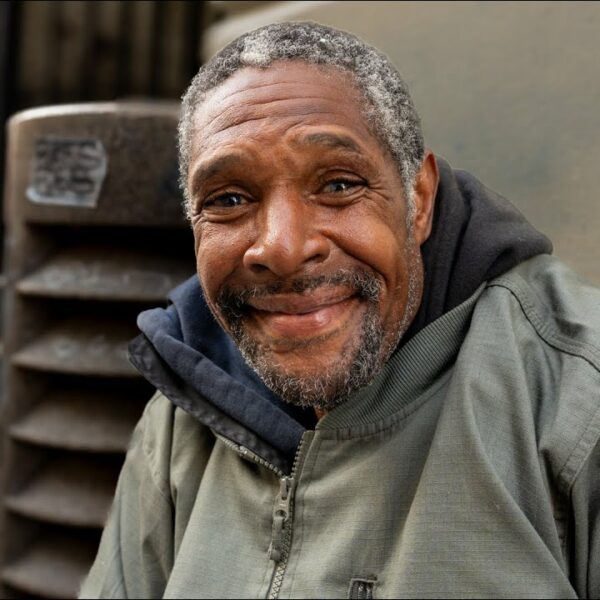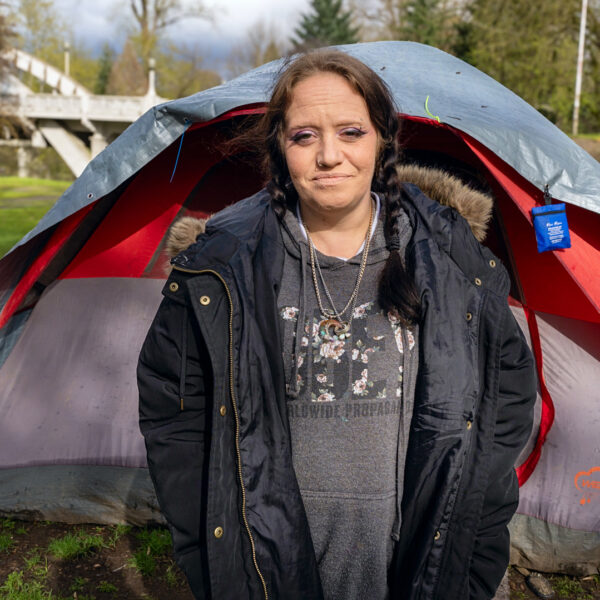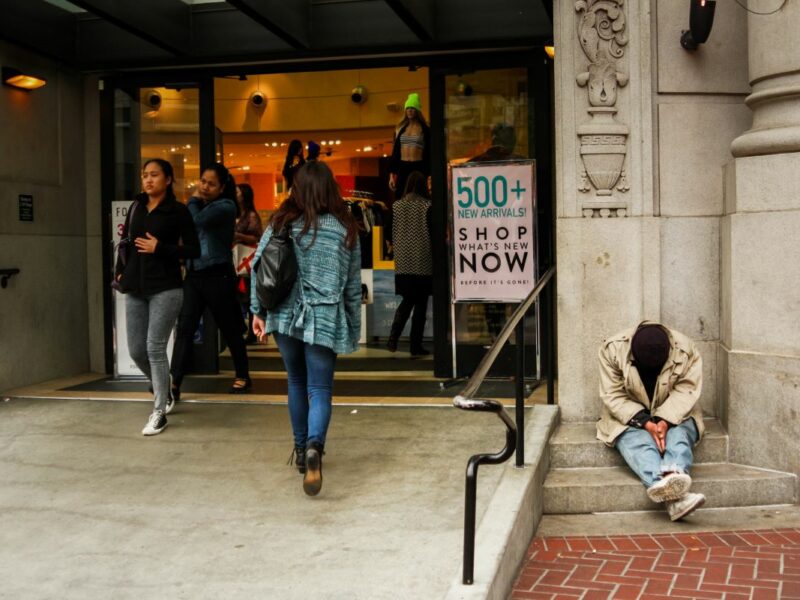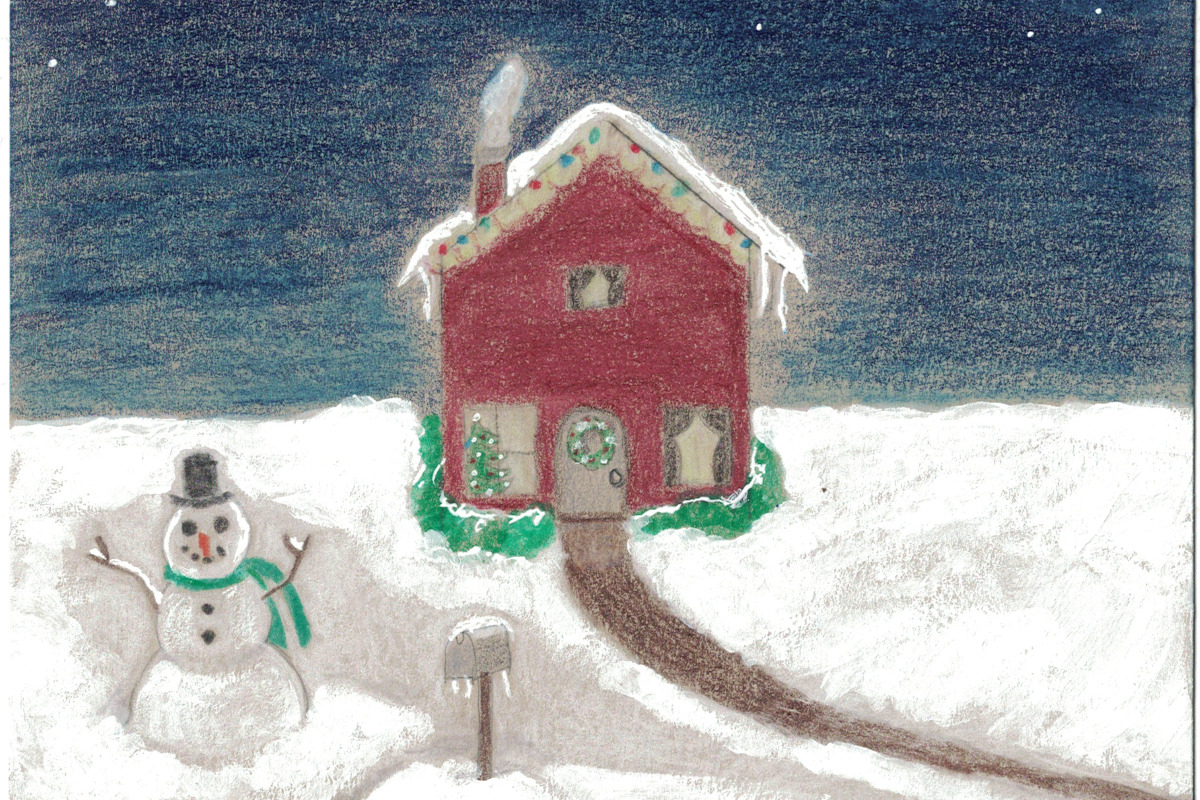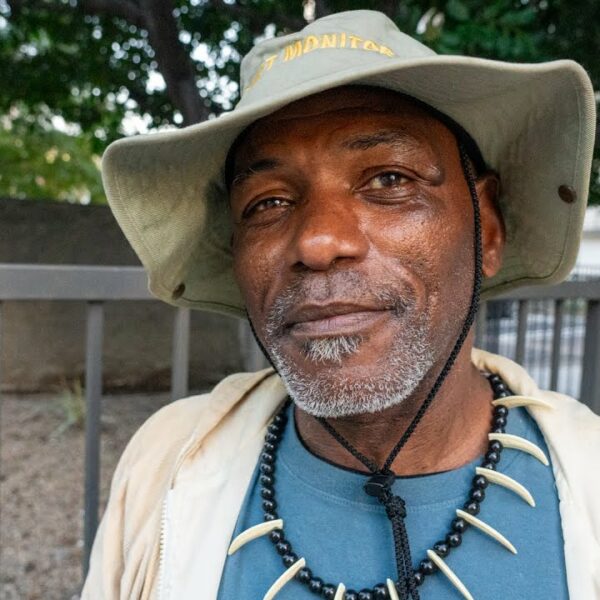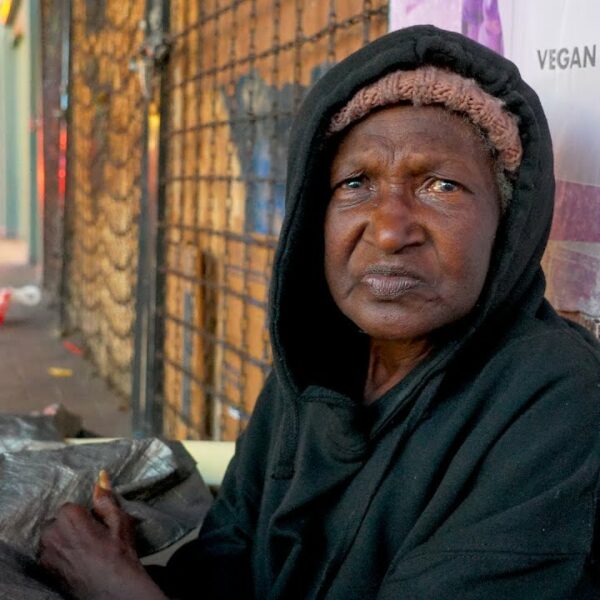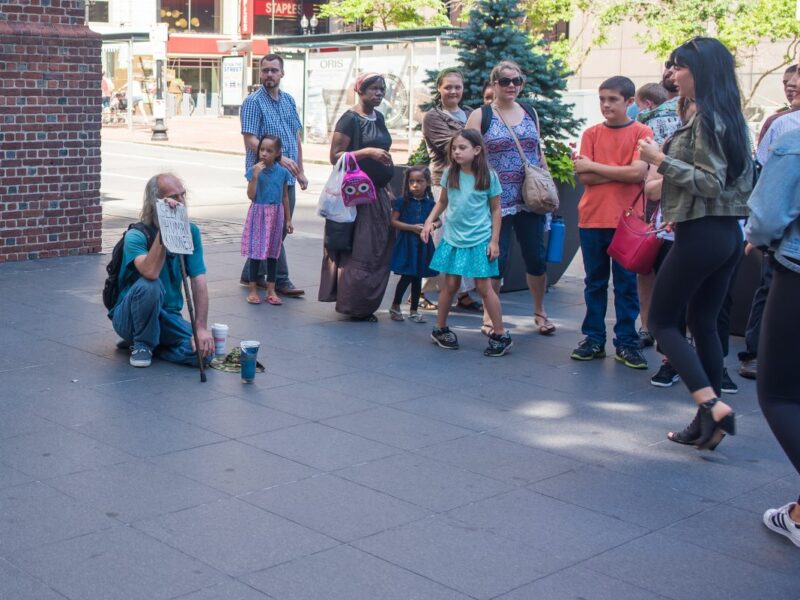Last December, I wrote about the Dickens’ era poorhouses and the mentality of the Victorian era that persists to this day regarding poor people. Scrooge remains the personification of this mentality. He asserts that poverty-stricken individuals must all be lazy addicts who do not want to work throughout the story.
Now, like then, people cling to this widespread belief. It allows them to ignore and dismiss poverty-stricken and homeless people without guilt.
The adage “They want to live that way” allows people to sleep comfortably, believing homeless people aren’t victims of the system but rather victims of their own demons.
I doubt this will change anytime soon.
Meanwhile, more people are priced out of housing. The increase is not due to drug or alcohol use or gambling addiction. It is because they cannot afford housing. Perhaps they are elderly and on a limited income, or disabled and unable to earn enough money to survive in the modern world. Costs continue to skyrocket for everything while salaries, social security, and welfare allotments stay way behind the times. The pandemic has created chaos while exacerbating the problem.
What is more horrific is how the media keeps interviewing housed people who call themselves “victims” of the housing crisis while vilifying those who were forced to leave their homes due to skyrocketing housing costs.
In some sense, housed people are considered victims of this crisis. They surely didn’t ask to have this issue planted in their streets. However, they’re the ones who said Not-In-My-BackYard and voted against affordable housing initiatives. While they agree homeless people need housing, they don’t want it built in their neighborhood. Round and round the debate goes without any actual resolution to the real problem: Getting unhoused people into safe, decent, affordable housing.
Of course, the media paints a picture to vilify homeless people. Segments air blocks of houses with manicured lawns and gardens then cut to litter-filled streets with tents lining the sidewalk. Shooting it this way sets a very different story from people priced out of housing with no place to go.
Bottom line: Who benefits from “news” that depicts homeless people as a disgusting nuisance that should be moved or hidden yet left to live in inhumane conditions?
Black Friday recently took place. While I stayed far from stores, I did take advantage of deals that offered significant discounts on items I needed.
Thanks to a donation, I was able to buy a pair of quality, waterproof winter gloves for $25 and get free shipping to my PO box. These gloves replace a pair I lost and make it possible to safely de-snow my van and shovel it out of spots without risking frostbite. I thrive in the cold weather, for sure, as I have Multiple Sclerosis-related heat intolerance. I can do so much more in winter when I am not fighting the heat outside. However, I am flesh and blood, so it’s essential to protect my skin and avoid injury and damage.
Being cozy in the van under blankets isn’t bad. You can always bundle up in more blankets or warm clothes in winter. There’s also an instant hand warmer or a hot water bottle. In summer, there is no escape from the heat other than to run the air conditioning, which costs a fortune in gasoline.
When the temperatures get to over 60 daytime, I am uncomfortable. But by 75, I am unwell, and by 80, I’m in trouble, especially when the humidity is high.
Winter is urgent to my survival, and it’s destroying me that our winters here are becoming so warm that we get days in January near 70! That never was true for upstate New York. If I had housing, I would be out of the elements. But I’m grateful I have a passenger van, even if the climate isn’t as controllable as a home.
I am not lazy – I am disabled. I am educated and do not have an addiction to any substance. As a “teetotaler,” I do not smoke, drink, or use drugs. I was not born in poverty – I was adopted by middle-class parents when I was born and had all private school education. In other words, I am nothing like the traditional stereotype and do not fit the profile Scrooge applied to poor house residents.
Of course, that story took place long before the Americans with Disabilities Act. I might have been labeled a “cripple” and discarded since society assigned no worth to a disabled female (my ex was among that school of thought). Then, a lot like now, disabled people were utterly devalued. It is shocking that in the 21st Century, humankind has only progressed in technology, not in philosophy.
I ask you to think about a few things during this holiday season.
First: be grateful if you have a place to live that is acceptable for your needs. I hope you never lose it or feel the anxiety of housing insecurities.
Second: think twice when you see stories of “poor unfortunate” residents of neighborhoods with homeless people on the street. Without knowing the story of those individuals on the streets, you cannot know why they ended up that way.
Society must stop assuming that everyone who ended up like this fits Scrooge’s definition. I know a homeless woman living in a vehicle in California who is a paralegal. Because she suffers from epilepsy, she cannot work. She isn’t an addict or a “bum,” and she isn’t lazy. She is a victim of a failed system. I also ask you to keep people like her in your thoughts during this holiday season.

Homeless Loki was commissioned to create this artwork for a Christmas card last year for the homeless community in the hopes that everyone would find a home in the coming year.
I wish all my readers a wonderful holiday season, whatever you celebrate, and I thank each person who helped me with the massive vehicle emergencies I had in 2021. Without your generosity, I don’t know what would have happened to me.
Happy Holidays to you, and the Invisible People team that works so hard to help those of us in need.



